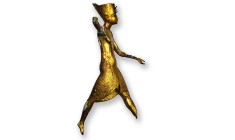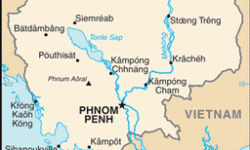The International Politics of Cultural Heritage Crime in Cambodia
Davis, T. and S. Mackenzie (2019), ‘The International Politics of Cultural Heritage Crime in Cambodia: Past, Present and Future’, in S. Hufnagel and D. Chappell (eds.), The Palgrave Handbook on Art Crime. London: Routledge, 751–767.
Today Mesopotamia is a global hotspot for the looting and trafficking of cultural heritage, but four decades ago it was Indochina: Vietnam, Laos and Cambodia. In Cambodia, internationally celebrated for the temple of Angkor Wat, fighting erupted between government forces and the Khmer Rouge in 1970. As is happening today in Iraq and Syria, Cambodia’s bloody conflict accelerated the development of organized antiquities looting and trafficking, which in turn helped to bankroll the fighting for some of those involved. As we see today in the Middle East, this pillage went hand in hand with the cultural cleansing of thousands of Buddhist, Muslim and Christian sites.
Even as this tragedy is being repeated today in the Cradle of Civilization, Cambodia and the art world continue to struggle with the aftermath of cultural crimes committed in the “Killing Fields,” as well as the difficulties of protecting the country’s heritage going forward. Nor is Cambodia alone in facing such challenges. Using Cambodia as a case study, this chapter explores policy and practice surrounding the repatriation of antiquities that were stolen in the past, on the one hand, and the protection of heritage sites from plunder in the future, on the other hand. Reflecting on the history of archaeological looting in the kingdom—as well as the contemporary diplomacy that the Royal Government of Cambodia is now practicing to recover its stolen heritage from overseas collections—we consider the possible connections between repatriation claims, market sensibilities and the prevention of looting at the local level.
Available at: https://link.springer.com/chapter/10.1057/978-1-137-54405-6_33

